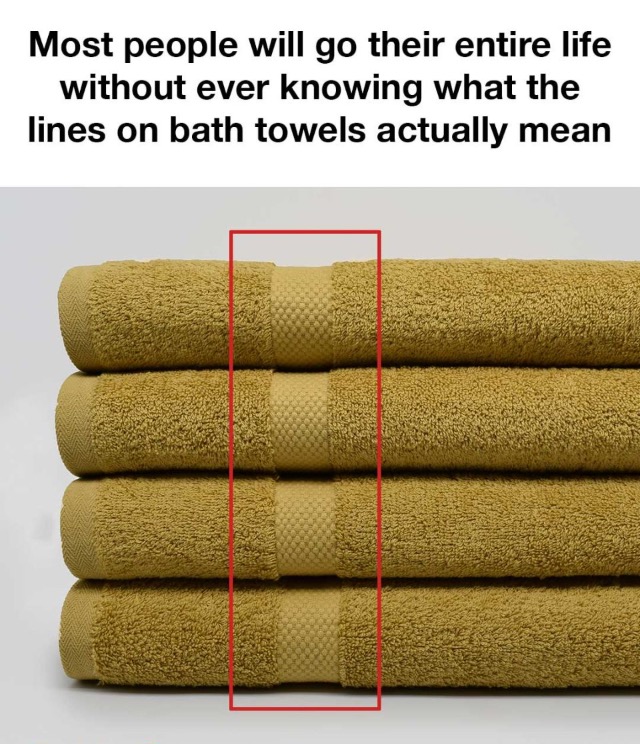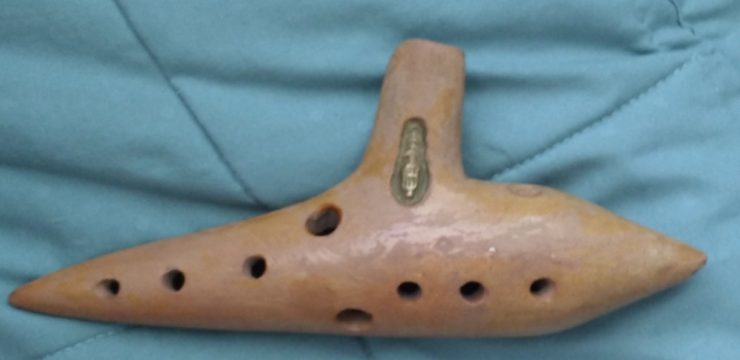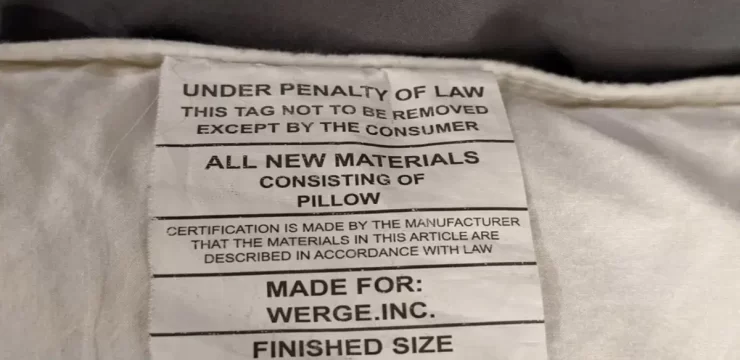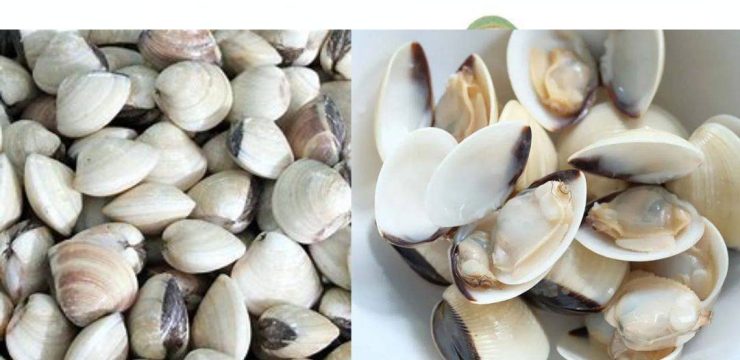Recently, a surprisingly passionate debate broke out on social media, all centered around a common household item—bath towels. Thousands of people joined the conversation, scratching their heads over one simple yet oddly puzzling question: what’s the deal with that mysterious line or stripe near the end of most bath towels?

At first glance, this might seem like a trivial topic, the kind of thing you’d never expect to spark such a widespread discussion. But like the infamous internet debate over whether that dress was blue and black or white and gold, this towel mystery caught fire, capturing the curiosity of users everywhere. If you’ve ever looked at your towel and thought, “Why is there a random line going across it?” or even questioned why you need to wash something that technically just dried off your clean body, you’re definitely not alone. The towel line in question became a hot topic after a user on X (formerly Twitter) threw the question out into the universe, and the internet responded with everything from jokes to serious inquiries.
Some users offered hilarious guesses, including the idea that the line was a “face/butt divider” to help you remember which side of the towel went where, or even “racing stripes” to make towels dry faster. While these answers were good for a laugh, they weren’t exactly helpful to anyone genuinely curious about the feature’s true purpose. So, what’s the actual reason for those stripes on bath towels? Is it just a stylistic choice made by manufacturers to give towels a little flair? The answer, surprisingly, is no. Those lines are called the “dobby border,” and they’re far more functional than you might think.
According to experts in the towel industry, like those at Towel Hub, the dobby border serves multiple important purposes beyond just looking nice. First and foremost, it strengthens the towel’s structure. Towels go through a lot—repeated use, constant washing, and tumble-drying can quickly wear them down. The dobby border helps prevent fraying at the ends and maintains the integrity of the fabric over time. But that’s not all. The dobby border also plays a key role in managing absorbency. One of the most important qualities in a good towel is how well it dries you off, but achieving that perfect balance between softness, thickness, and absorbency isn’t easy. The border helps keep the towel’s structure even, so it doesn’t get bulky or lopsided at the ends.
That means your towel stays lightweight, soft, and highly efficient at drying your skin without becoming heavy or stiff. In addition to its performance benefits, the dobby border adds a subtle elegance to the towel’s overall design. It gives the towel a finished, polished look that makes it more visually appealing whether it’s hanging in your bathroom or folded neatly in your linen closet. But there’s one more reason to appreciate the dobby border—it serves as a visual guide.
If you’ve ever struggled to fold a towel evenly or hang it just right, the border helps provide a reference point so it looks tidy and uniform every time. It’s a small but helpful touch that keeps your bathroom looking organized and put together. So the next time you grab your towel after a shower, take a moment to notice that woven line near the edge. It’s not just for decoration—it’s an intentional feature that improves durability, enhances performance, and adds a little style. And now that you know the real reason it’s there, you might never look at your towels the same way again. It’s always satisfying to learn something new about everyday objects we usually take for granted. So go ahead, share this nugget of towel trivia with your friends and family—they’ll be just as surprised as you were to learn that those mysterious lines actually have a real and practical purpose.





